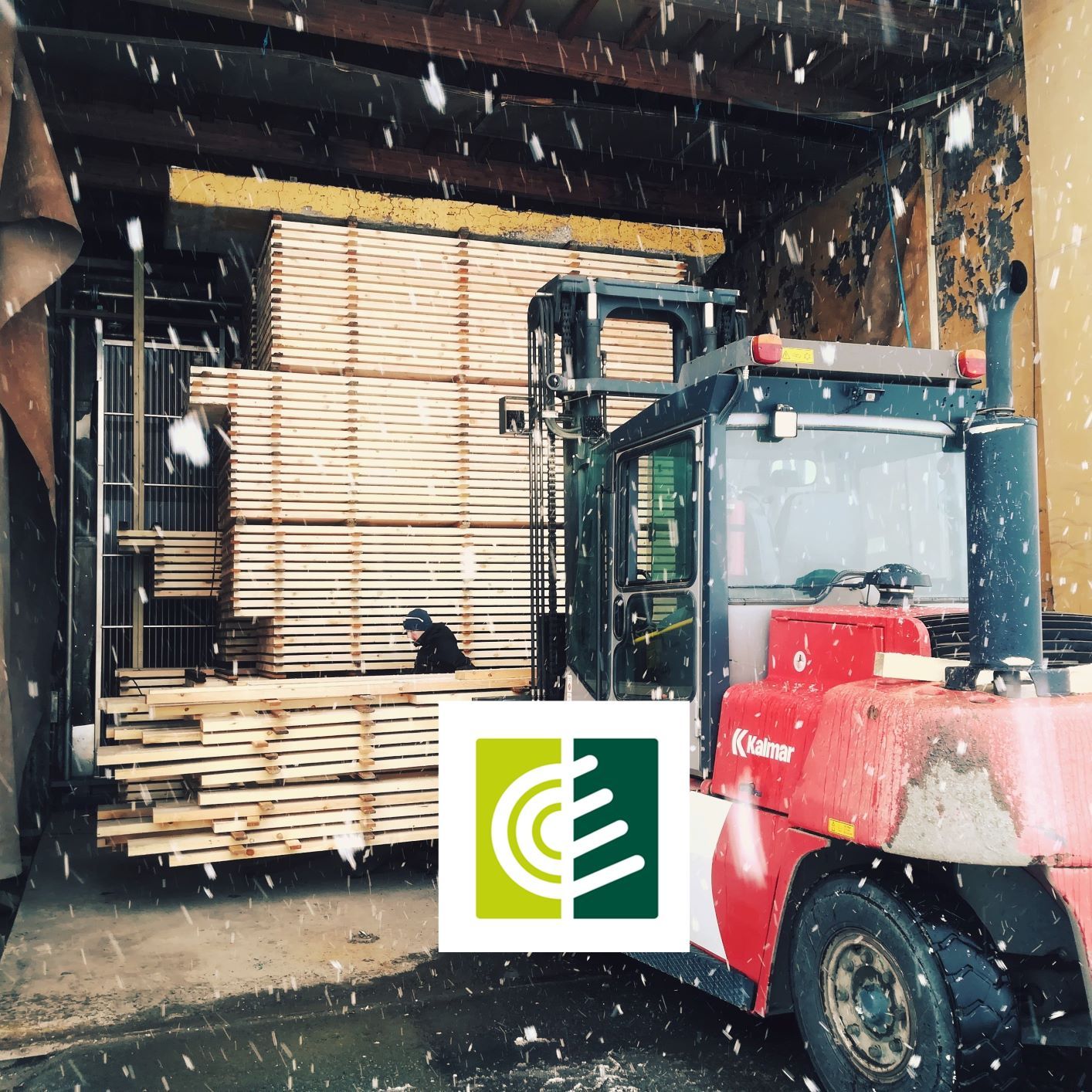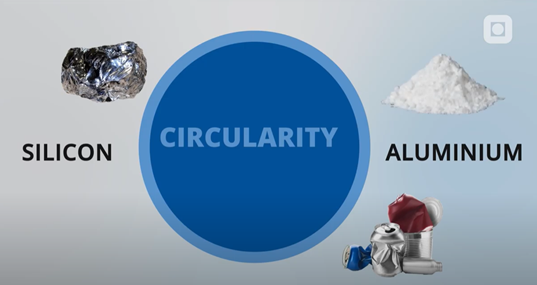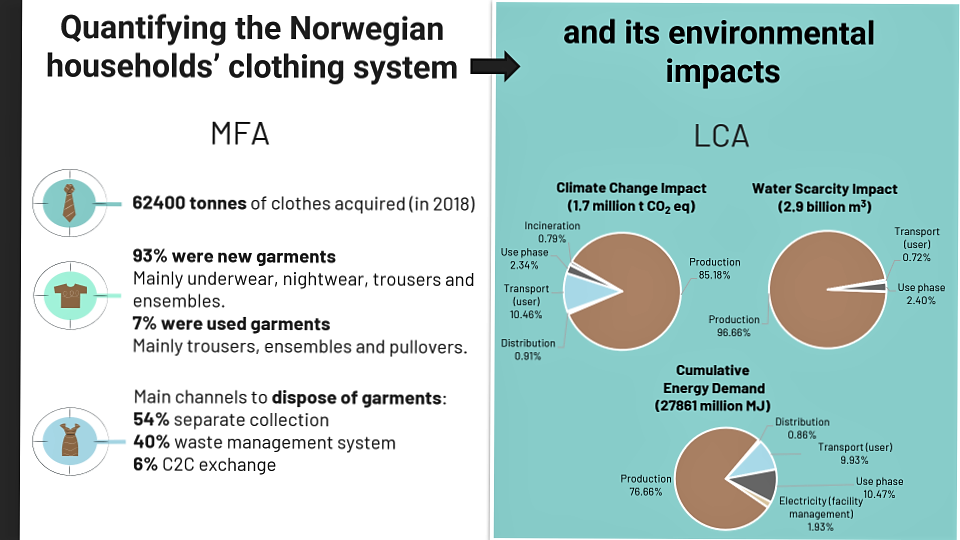Master theses at Indecol (part I)

Where is the wood? System analysis of a Norwegian sawmill company, by Miguel de las Heras
CIRCULAR ECONOMY AND RESOURCES
The goal of this project is to map the use of wood by Inntre Kjeldstad, a sawmill company with several plants distributed along the Trøndelag region. The MFA model created is also used to analyse the CO2 emissions due to internal trade between the plants that compose the company. This knowledge has allowed to suggest strategies to reduce the use of transport while studying their implications on the production.
The project has been developed in close collaboration with the company. This has provided a very detailed insight into the company's operations which has greatly increased the accuracy of the study.

Life cycle assessment of silicon metal by aluminothermic reduction: an alternative production of silicon using, by Elisa Pastor
CIRCULAR ECONOMY AND RESOURCES
Silicon is a critical raw material due to its high economic importance and supply risk in Europe, vital for numerous industries. In this master's thesis, the life-cycle performance of a patented novel industrial process (the SisAl process) that utilizes secondary raw materials such as aluminium end-of-life scrap and dross to produce silicon is investigated. The results of the assessment showed that for some raw materials feed this production route could potentially halve the overall impacts of conventional silicon production and substantially decrease the global warming impact, becoming a great opportunity as an example of industrial symbiosis for these two raw material industries (SisAl pilot project).

Brand new? Analyzing the environmental impacts of implementing circular business models within the Norwegian clothing system, by Carolina Mora
SUSTAINABLE PRODUCTION AND CONSUMPTION
This master’s thesis investigated the flows of clothing within the Norwegian households’ clothing system, and its environmental impacts for the year 2018, using a Material Flow Analysis and Life Cycle Assessment. In addition, the results from the MFA were modified to investigate how implementing circular business models could impact the system. The consumption of new and used clothes was estimated in 62 400 t, and the carbon footprint associated to the consumption, use and disposal of clothes was estimated in 317 kg CO2 per capita (3% of the Norwegian households’ carbon footprint). When increasing the circularity of the system all the environmental impacts were reduced in approximately 8%. This thesis is part of Lasting project.


